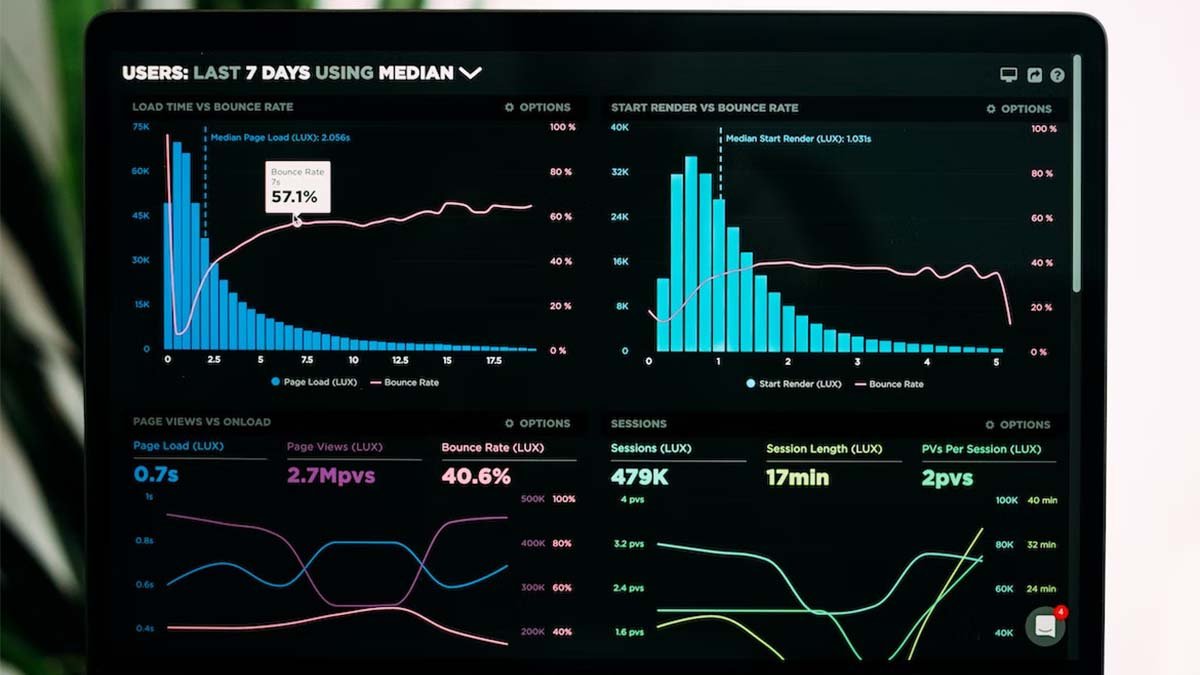The Importance Of Data Analysis. Businesses rely heavily on consumer data to improve their sales and beat their competition. They need this data to help them navigate the tricky waters that economic trends, consumer behaviors, government legislation, and shifting marking conditions bring. Without proper data analysis, a company can lag behind its competition and be driven out of business.
What Is Data Analysis?
Data analysis is the act of observing trends and extracting useful information from processed raw data to make sound business decisions. Companies collect and analyze data as it helps them reduce the risks associated with running a business. Most businesses that use data analysis use artificial intelligence to collect data because it helps increase productivity.
Once the relevant data has been analyzed, executives and managers can use data visualization to present the statistics gathered. Although data analysis and visualization work in tandem, they do not overlap. Data visualization is the representation of data on infographics like charts and graphs to show trends and patterns and make the data more understandable.
Process of Data Analysis
With the conclusion obtained from successful data analysis, companies can enrich their B2B and retail customer databases with the different types of data they need to generate leads, boost sales, and get better ROI. Beginners that want to learn this concept in detail can enroll in an online data analyst bootcamp at Fullstack Academy. The data companies collect should be analyzed as follows:
- Gather data requirement: Define the objective of the data collection, the type of data to collect, and the type of data analysis to be used.
- Collection of data: With the above requirements, collect the data from website cookies, online forms, surveys, questionnaires, social media comments, focus groups, and other relevant means.
- Clean the data: Sort through the collected data and discard what is unnecessary. This can be duplicate records, white spaces, and input errors. This step is crucial as it finetunes the collected bulk data, leaving only relevant data to be analyzed.
- Analyze the data: Use appropriate software to interpret and break down the clean data to make deductions. There are many available data analysis tools: Metabase, MS Excel, Rapid Miner, Redash, and more.
- Interpret the data: Interpret the deductions and make informed business decisions based on the findings.
- Present the data: This is the point where data visualization is needed. All the findings need to be presented as infographics so people can easily digest them.
Benefits of Data Analysis
These are some advantages a company will gain from integrating data analysis into its existing business processes:
- Improved customer targeting: Instead of wasting resources advertising your business to demographics that don’t need it, they will know the right place to target their marketing campaigns.
- Insight on customer behavior: With proper analytics tools, businesses can observe the effects of their marketing efforts on their target demographics. This enables them to tweak their campaigns to get the best results.
- Reduce the cost of operation: As companies observe data trends, they will shift their funding to places where it will be more effective.
- Improved decision-making: With more data at their disposal, a company will make better choices and reduce risk.
Conclusion
Companies that want to thrive in the competitive market need data analysis to guide their decision-making process. The benefits of data analysis have driven demands worldwide for competent data analysts. To get started as a data analyst, you can enroll in an online program at Fullstack Academy to get all the necessary knowledge and skills.




